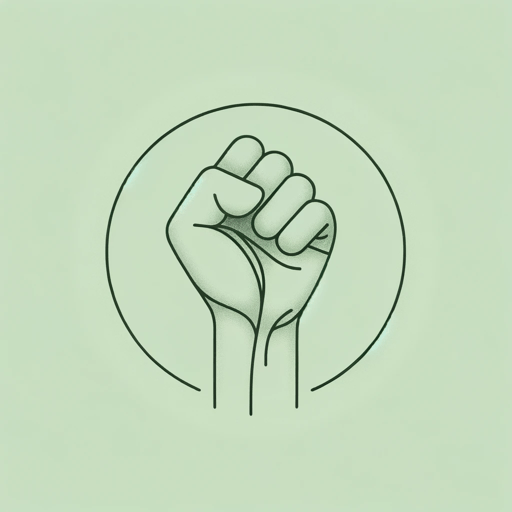17 pages • 34 minutes read
Claude McKayIf We Must Die
Fiction | Poem | Adult | Published in 1919A modern alternative to SparkNotes and CliffsNotes, SuperSummary offers high-quality Study Guides with detailed chapter summaries and analysis of major themes, characters, and more.
Symbols & Motifs
Dogs and Hogs
The dogs and hogs represent the oppressor and oppressed. While this metaphor is straightforward, the choice of animals is a bit ironic and suggests the transformations that happen in the poem.
People tend to see dogs in a much more positive light than hogs. Dogs are companions, they are loyal, and they care for their people. On the other hand, traditionally understood, hogs are smelly, loud, aggressive, and wild. Despite these animals’ associations, McKay inverts the imagery’s significance. In his poem, the dogs are hunting dogs, and the hogs are locked up for slaughter. This context paints the hogs as the sympathetic characters and the dogs as the aggressors.
Furthermore, as the poem progresses, the dogs shift into monsters, and the hogs shift into humans—a transformation solidifying the imagery of the hog victims and the dog oppressors. This relates to the imagery of McKay’s time. The dominant society depicted white people as civilized and Black people as animals. By starting the victims as hogs and the oppressors as dogs, McKay exploits these distorted societal constructions so he can subvert them as the poem evolves. The idea is to show where society is and where it will inevitably go.
Related Titles
By Claude McKay
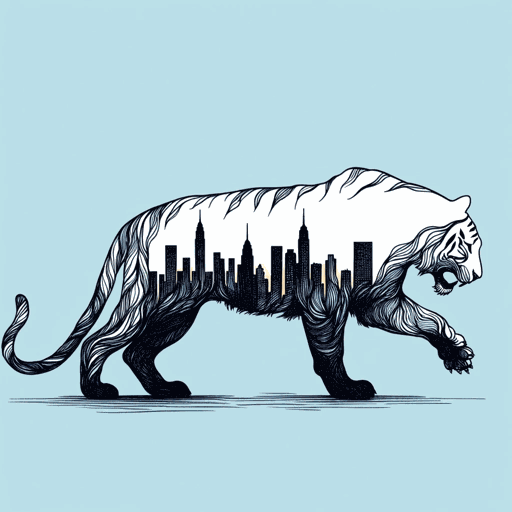
America
Claude McKay
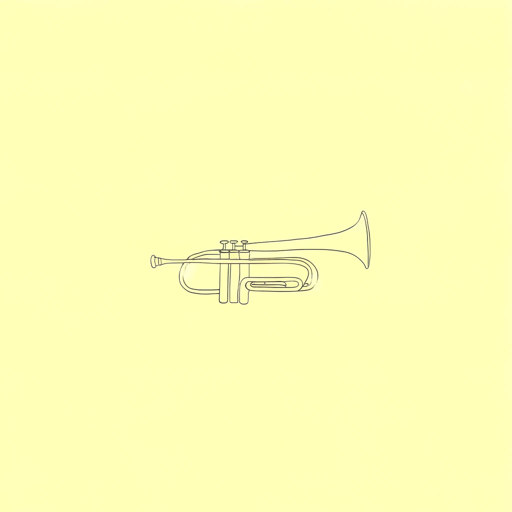
Home To Harlem
Claude McKay
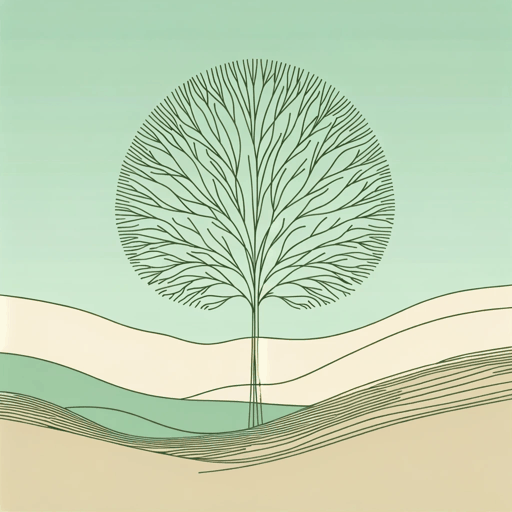
Joy in the Woods
Claude McKay
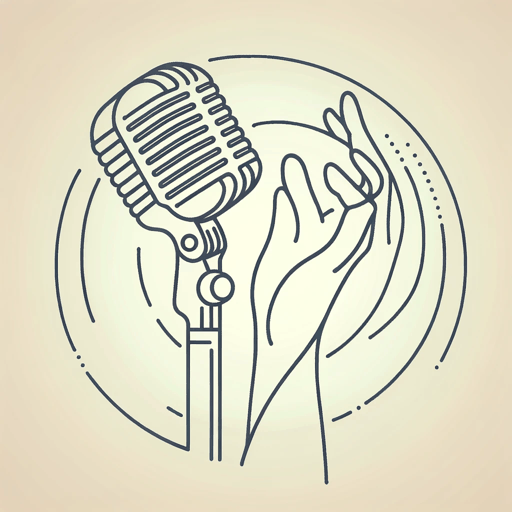
The Harlem Dancer
Claude McKay
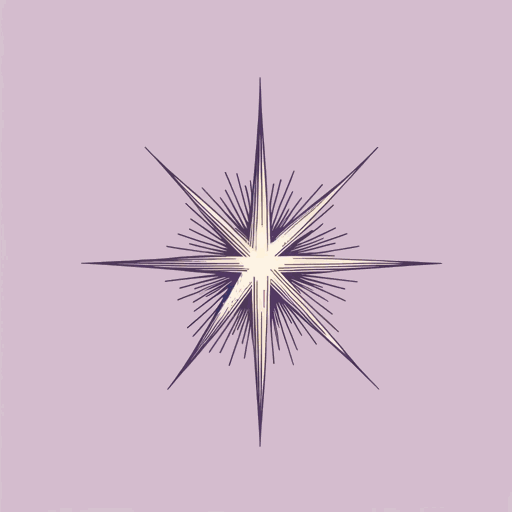
The Lynching
Claude McKay
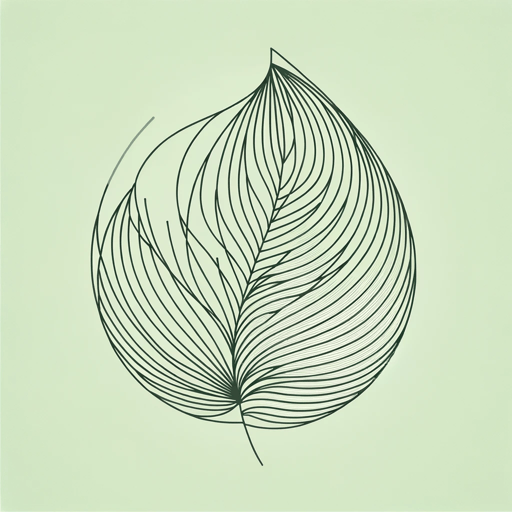
The Tropics in New York
Claude McKay
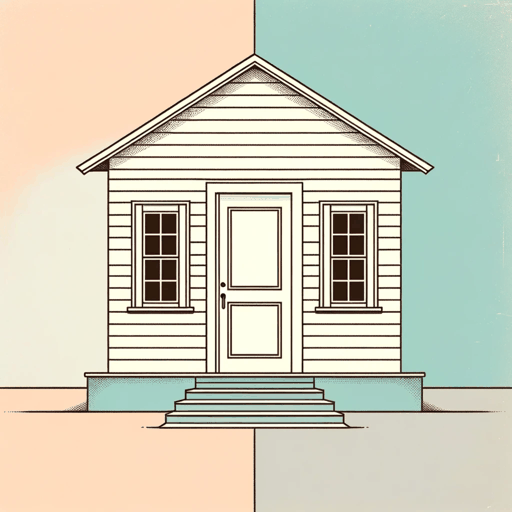
The White House
Claude McKay
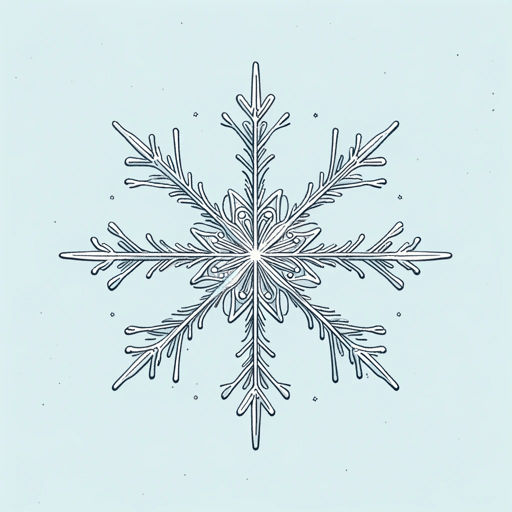
To One Coming North
Claude McKay
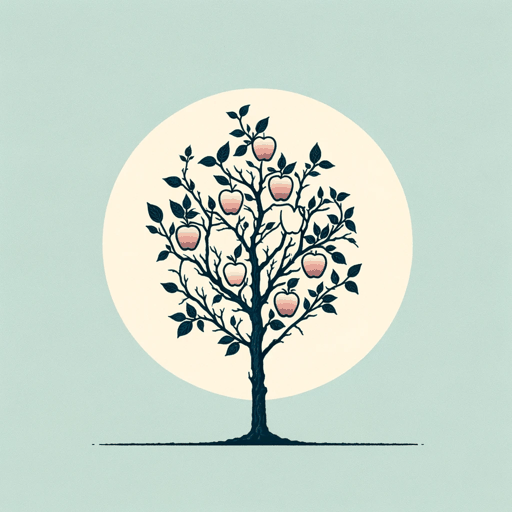
When Dawn Comes to the City
Claude McKay
Featured Collections
African American Literature
View Collection
Challenging Authority
View Collection
Colonialism Unit
View Collection
Equality
View Collection
Harlem Renaissance
View Collection
Poems of Conflict
View Collection
Poetry: Perseverance
View Collection
Power
View Collection
Required Reading Lists
View Collection
School Book List Titles
View Collection
Short Poems
View Collection
